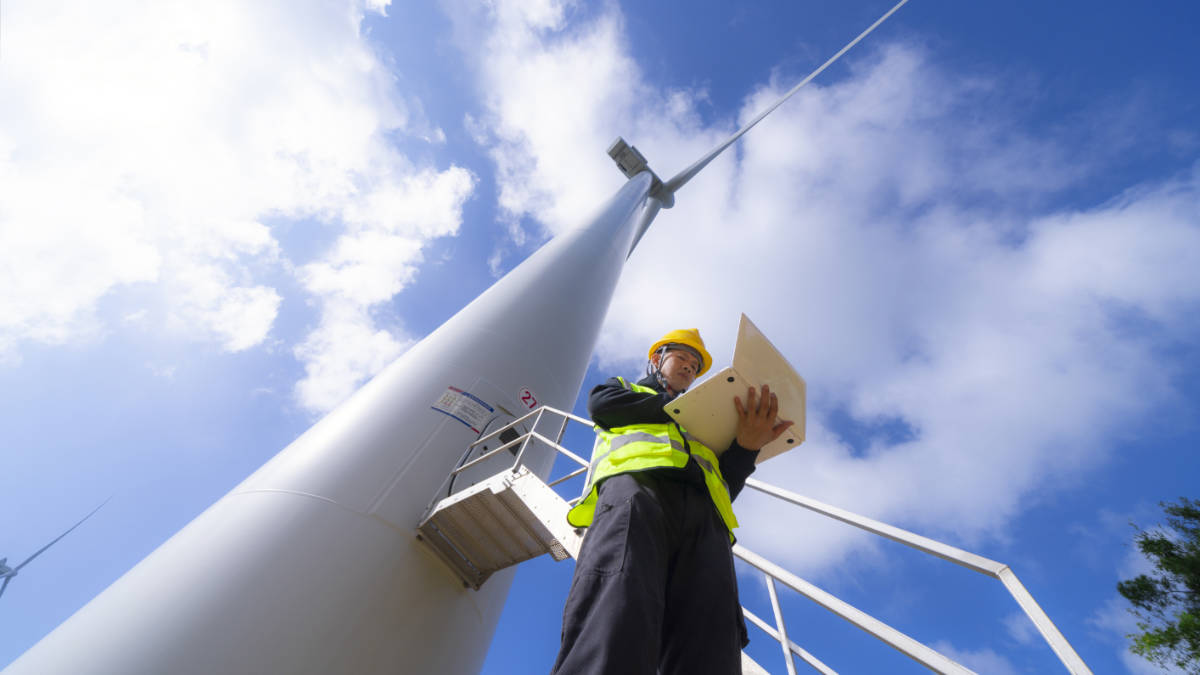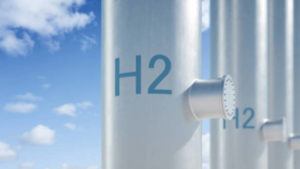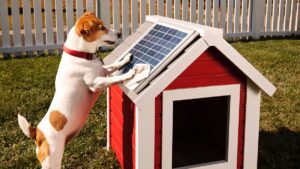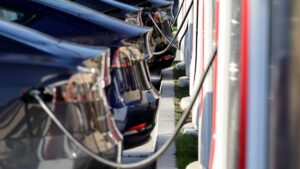Emissions Control: Australia’s climate report card shows that government action delivers results

Electricity generation has seen strong emissions reduction thanks to government action. Pic: Yaorusheng via Getty Images
The Australian government’s second annual climate change statement has demonstrated that we are making strong progress towards meeting 2030 emission reduction targets.
But one of the key takeaways of the report is that the best progress has been made in areas where the government has put in greater effort with electricity generation being one of the strongest performers.
Electricity sector emissions are forecast to decline by about 60% between 2023 and 2030 due to the increasing use of wind and solar power.
While the best impact is made when government, business and the community all play their part, there is little doubt that government typically plays the lead role in setting direction.
A notable example is China’s rapid adoption of renewable energy with Wood Mackenzie pointing out that the world’s second largest economy is on track to reach a record-breaking 230 gigawatts of wind and solar installations this year – twice the number of US and European installations combined.
This has been achieved by the Chinese government making significant investments towards transmission lines, energy storage, flexible backup and manufacturing.
Australia might not have the kind of firepower that its counterpart in Asia has, but that shouldn’t stop it from striving to make an impact elsewhere.
Climate Council chief executive officer Amanda McKenzie said that while “great progress” had been made in reducing pollution from the electricity sector, progress has been “painfully slow” in other sectors such as transport.
“The government can move into gear by implementing fuel efficiency standards to clean up our car fleet and save Aussie’s money at the petrol pump. Australians want this because it’ll provide more choice in cleaner, cheaper cars and help us turn around Australia’s fastest growing source of emissions: transport,” she said.
States getting into the emissions act
And it is not just the federal government. New South Wales has also passed the NSW Climate Change (Net Zero Future Bill), which introduces a 70% emissions reduction target for 2035.
To help achieve this goal, it will create a new Department for Climate Change, Energy, Environment and Water as well as a new Net Zero Commission, which will be set up as an independent advisory panel to monitor the state’s progress toward its emissions reduction goals.
NSW, which has already invested $1.8bn in renewable energy infrastructure, transmission and storage, will also make more investments in the circular economy to drive down emissions from waste.
The state’s more aggressive goal puts it near the top of the pack with only Tasmania and its target of net zero by 2030 and the ACT’s 65% to 75% being more or equally ambitious.
It is certainly higher than South Australia’s more than 50% reduction, Victoria’s 45% to 50% and Queensland’s rather anaemic 30% target.
That said, even Queensland’s target is better than Western Australia, which has no emissions reduction target for 2030.
Australia’s biggest mining state has recently introduced a carbon capture and storage bill that includes a framework for greenhouse gas storage and transport, though it doesn’t quite address broader concerns about the viability of the technology.
ASX companies with green energy news
Liontown Resources (ASX:LTR) will be able to ensure its $951m Kathleen Valley mine runs with a low carbon footprint after the first lot of key components for the wind turbines set to power the project were received this week.
Works will soon begin to erect the first of its five turbines, each more than 200m tall with blades around 80m long.
Many more deliveries are expected to follow in the coming weeks as the company gears up to begin shipping concentrate in mid-2024 from its mine in WA’s Goldfields region.
The 95MW hybrid power station is anticipated to have the largest off-grid wind-solar-battery storage renewable capacity of a mining project in Australia, with its design enabling it to operate from 100% renewable energy during periods of high wind and solar resources.
This is done by switching to ‘engine off’ mode for its thermal components.
Meanwhile, Pure Hydrogen Corporation (ASX:PH2) won a maiden US$1.22m North American purchase order yesterday for two hydrogen fuel cell vehicles from US company Nutcher Hydrogen.
PH2 will supply a 6X4 prime move and FC120C coach to Nutcher in the first half of 2024 through its 60% owned hydrogen fuel cell electric vehicle company H-Drive.
The order represents a significant opportunity for the brand in one of the world’s largest addressable markets for clean hydrogen fuel cell technology.
And green hydrogen developer Provaris Energy (ASX:PV1) reeled in $1.9m from a well subscribed placement to carry out construction activities and testing in Norway of a prototype tank for its proprietary H2Neo hydrogen carrier.
The successful testing of this prototype aims to secure final class approvals, marking a substantial de-risking milestone for the readiness of Provaris’ shipping and storage solutions.
Global attention on compression positions the company as a key player in delivering low-cost gaseous green hydrogen, PH2 says, which is crucial for meeting Europe’s ambitious goal of 10Mt per annum of imported volume by 2030.
Green energy companies share prices today:
At Stockhead we tell it like it is. While Pure Hydrogen is a Stockhead advertiser, it did not sponsor this article.
Related Topics
UNLOCK INSIGHTS
Discover the untold stories of emerging ASX stocks.
Daily news and expert analysis, it's free to subscribe.
By proceeding, you confirm you understand that we handle personal information in accordance with our Privacy Policy.








